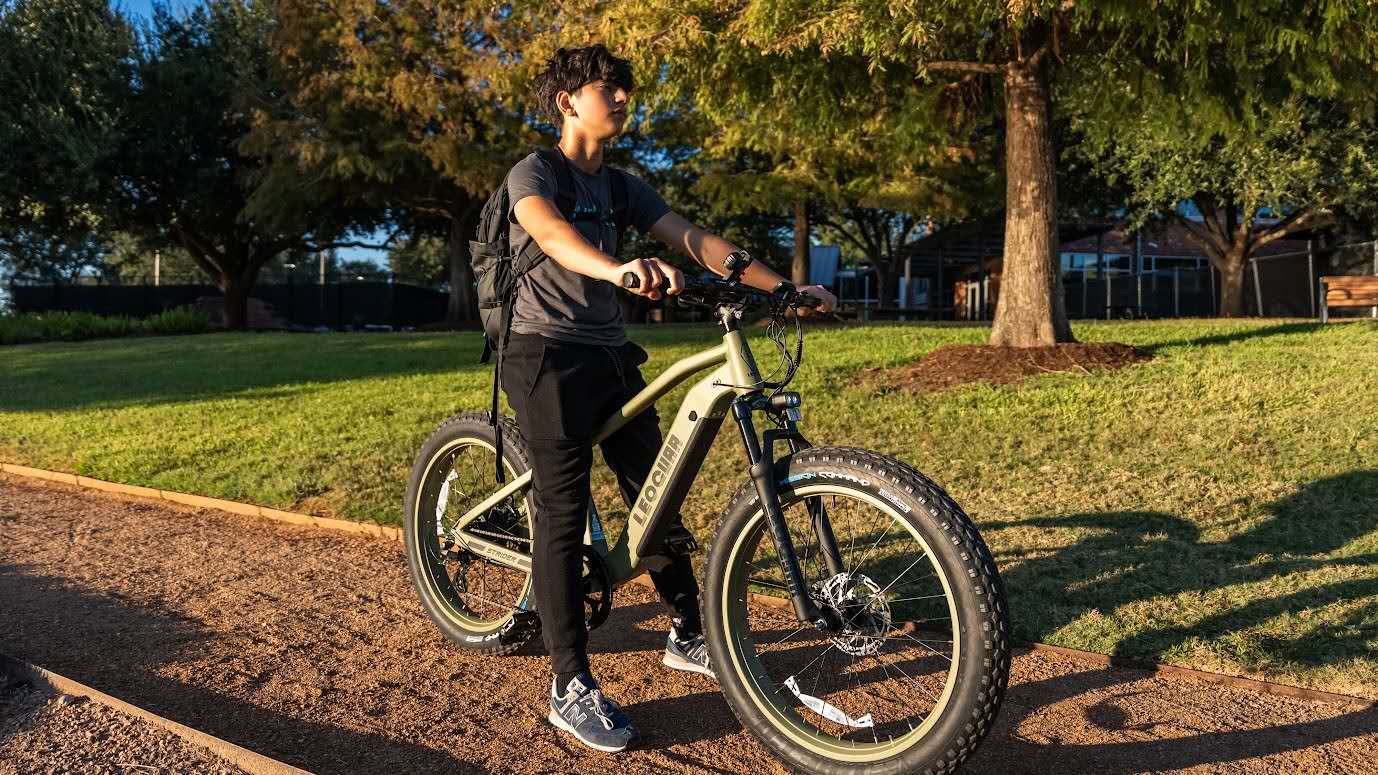
Unlock the Truth: Can a 750W eBike Conquer Long-Distance Adventures in 2025?
Can a 750W eBike Handle Long-Distance Touring? Expert Tips for Adventure Riders
Meta Description: Discover whether a 750W eBike is up for long-distance touring and learn expert tips on battery, motor performance, and maintenance to maximize your adventure rides.
Introduction & Setting the Context
eBikes are becoming very popular among long-distance touring fans. Riders want bikes that combine electric help with the stamina needed for long trips. Many people ask: Can a 750W eBike handle long-distance touring? The answer depends on several key factors, including battery capacity, motor performance, terrain challenges, and proper maintenance.
Long-distance touring involves more than just power output. It combines endurance, efficiency, and smart planning. A 750W motor can provide plenty of torque and speed on different terrains. Many riders have reported good performance even on hills, showing the motor's versatility. This article looks deeply at how a 750W eBike performs on long tours and offers expert strategies to improve its capabilities during your journey.
We will explore the main parts of these bikes, compare them with lower and higher-powered models, and look at real-world cases. The information is meant to help riders of all skill levels see that a 750W eBike can be a reliable touring companion. By mixing technical insights with first-hand experience, the article gives riders practical knowledge for long rides.
Each section provides clear and detailed guidance. We discuss battery limits, motor power details, maintenance tips, and comparisons between different power options. The article also includes insights from trusted sources to help you decide if a 750W eBike fits your touring style. Whether you ride on city streets or rough trails, this information aims to make every adventure safer and more fun.
We invite adventure seekers, touring enthusiasts, and experienced eBike riders to explore the details that make long-distance touring on a 750W eBike both possible and exciting.
Understanding the 750W eBike – An Overview
What is a 750W eBike?
A 750W eBike gets its name from its motor power rating. This motor delivers 750 watts of peak power that gives excellent torque on hills and quick acceleration. Compared to 250W or 500W systems, a 750W motor works better on steep climbs and tough terrain. Higher-powered models like 1000W may have more raw power but often weigh more and use more energy.
Experience shows that the 750W motor offers balanced performance. The power is enough for both city commuting and off-road trips without draining the battery too quickly. Riders say the motor responds well under load, allowing smooth transitions when pedal help is needed. It suits riders who want reliable performance in mixed conditions.

Key Components Impacting Touring Performance
Long-distance touring on an eBike needs more than just a powerful motor. These components greatly affect the performance and comfort of a touring eBike:
-
Battery Capacity: Usually, a 48V 17Ah battery system is common in touring eBikes. This setup affects the Watt-hour (Wh) rating, which directly impacts range.
-
Motor Efficiency: The motor must work well under different loads and conditions. A well-integrated system ensures steady power delivery.
-
Frame Design: The structure must be durable and comfortable, with good ergonomics for long hours of riding.
-
Suspension: Good front and rear suspension systems absorb shocks on rough terrains, improving rider comfort and bike handling.
The following table summarizes key specifications:
| Component | Typical Specification | Impact on Touring |
| Battery | 48V, 17Ah (~816Wh) | Determines range and recharging frequency |
| Motor | 750W | Provides sufficient torque and acceleration |
| Frame | Aluminum or steel | Balances weight and durability |
| Suspension | Hydraulic or spring based | Enhances comfort on rough roads |
Using these elements correctly can make the bike better for long adventures. The mix of battery, motor, and mechanical build ensures that the bike can handle long distances with good performance.
Advantages and Limitations for Long-Distance Touring
The advantages of a 750W eBike are clear for many touring situations. High power makes hill climbs easier and lets you carry extra cargo if needed. Riders also get energy assistance in both city and rural settings. The versatile motor response allows quick acceleration when joining traffic or riding steep trails.
There are limitations, however. One drawback is higher energy use. The same power that handles tough terrain can drain the battery faster if not managed well. The overall weight of a 750W system tends to be higher than less powerful bikes, which might affect portability and handling in tight spaces. Real-world data shows that average touring range may vary between 40 and 70 miles per charge depending on riding conditions. Charging times can also be longer, especially with a standard charger.
With proper balance, the power and performance of a 750W eBike make it a good choice for adventure riders who plan their tours carefully and maintain their equipment regularly.
Factors Affecting Long-Distance Touring Capability
Battery Capacity & Range Considerations
Battery capacity is perhaps the most important factor affecting touring distance. The battery's capacity, measured in Watt-hours (Wh), determines how far the bike can go on one charge. For example, a 48V 17Ah battery usually provides around 816Wh. Average power use is estimated at between 15 and 25 Wh per mile based on terrain and riding style. Factors like battery efficiency under load, temperature, and weather also affect the actual range.
Regenerative braking can help save energy and extend riding distance. Good battery management and pre-ride checks are important to get the most from every charge. For more technical insights on battery usage, check out Electric Bikes Explained.
Terrain Type & Riding Conditions
Terrain plays a key role in determining energy use. Riding in hilly areas requires higher power output which naturally drains the battery faster. Rough or unpaved roads need steady power outputs and may cause more energy loss due to increased vibrations and resistance. Windy conditions or bad weather further challenge the eBike's battery life and motor efficiency.
Smart route planning is a strategy many long-distance riders recommend. Choosing routes with gradual slopes, smooth surfaces, or planning for rest stops can help extend range. Whether riding on city roads or through mountain trails, understanding how the bike interacts with its environment is essential.
Maintenance & Component Reliability
Proper maintenance is critical, especially when planning long tours. Regular checks of battery health, tire pressure, brakes, and motor condition are necessary. High-quality, durable components reduce the chance of breakdowns during important moments on the road.
Preventive maintenance extends the life of each component. Carrying a repair kit and spare parts on long trips is a good practice. Regular cleaning and lubrication of moving parts ensure that the bike performs at its best every day. Reliable performance comes from proactive care and careful routine maintenance.
Expert Tips for Long-Distance Touring on a 750W eBike
Pre-Ride Preparation
Before starting any long-distance tour, thorough preparation is essential. You must check battery health, fixing any issues well in advance. Checking tire pressure, brakes, and other critical mechanical systems ensures a smoother experience. Planning recharging stops and finding local charging facilities is a vital part of route planning.
Inspection of all components should include visual checks and performance tests. It is good to carry a charging cable and a portable battery pack if available. A clear maintenance checklist can be a useful tool, reducing the risk of unexpected problems on the journey.
Riding Techniques for Energy Efficiency
Using efficient riding techniques can greatly extend battery life and overall touring distance. Smooth acceleration and controlled braking are key to saving battery charge. Sudden power demands lead to increased energy use and might overload the motor during steep climbs.
Using pedal assist effectively reduces the load on the battery while still maintaining good speed. Many riders adjust their pedal assistance based on terrain challenges; a lower assist level on flat sections saves battery power, while higher settings on inclines ensure steady progress. Experience shows that maintaining momentum with gradual power applications minimizes energy waste and provides a smooth ride.
On-Road Safety and Comfort
Safety and comfort are very important on long trips. Adjusting the saddle and handlebars to optimal positions reduces tiredness during extended periods. Accessories such as padded grips or ergonomic saddles provide more support. Long rides can be demanding, making comfort improvements a worthwhile investment.
On-road safety tips include maintaining visible signals, using proper lighting, and choosing less crowded routes when possible. Extra caution should be taken on unfamiliar or rough terrains to avoid potential hazards. A well-planned touring experience considers both personal comfort and safety for a worry-free journey.
Incorporating Technology & Apps
Modern technology can greatly improve touring efficiency. Route-planning and battery management apps help riders monitor battery levels and suggest good recharging spots along the route. Navigation apps can provide real-time data on traffic and road conditions, ensuring that planned routes remain viable during unexpected weather changes or road closures.
Using apps on a smartphone or GPS device can optimize the overall journey. Recording riding metrics, such as energy use per mile and average speed, provides insights that improve future riding habits. Riders are encouraged to explore all technological options to further ensure that each long-distance tour is as smooth and enjoyable as possible. For more insights on technological integration, check out Is an E-bike Worth It?.
Comparing 750W eBikes with Other Power Options
750W vs. 500W – Which is Better for Touring?
Comparing power outputs shows clear differences for various riding conditions. A 500W motor offers adequate performance for flat surfaces and moderate inclines. It is typically lighter and may provide longer range on a single charge due to lower energy use. However, when hills or increased cargo loads are involved, a 750W motor easily outperforms its 500W counterpart with better torque and acceleration.
Riders using 750W systems often experience quicker response times especially on rough terrain. The trade-off is a slightly higher energy draw under maximum load conditions, which can reduce range if not managed properly. The choice ultimately depends on riding environments and individual touring needs.
750W vs. 1000W – Balancing Power and Efficiency
While 1000W eBikes offer even greater power, they tend to be heavier and require more energy per mile. The additional torque may be appealing for extreme off-road adventures or very steep climbs. However, the increased power also means higher energy consumption and shorter battery ranges in many cases.
A 750W eBike strikes a balance between having enough power for most demanding conditions and maintaining a practical range and energy efficiency. The performance metrics can be summarized in the table below:
| Metric | 500W eBikes | 750W eBikes | 1000W eBikes |
| Motor Torque | Moderate torque | High torque | Very high torque |
| Battery Drain | Lower consumption | Moderate consumption | Higher consumption |
| Top Speed | Adequate for city | Improved acceleration | Increased peak speeds |
| Weight | Generally lighter | Heavier | Heaviest option |
The 750W system offers an ideal balance for touring riders. It provides the necessary power to handle hills and heavy loads without the extreme battery depletion associated with higher-powered models.
Real-World Case Studies & First-Hand Experiences
Case Study: Touring Success on a 750W eBike
Multiple touring journeys have shown that 750W eBikes can handle extended rides over varied terrain. One case study involved a rider who covered 60 miles in a single day through mixed urban and mountainous routes. The bike's 48V 17Ah battery maintained reasonable charge levels despite steep inclines and occasional headwinds.
Real-world data revealed that the motor's torque was critical during uphill climbs. Riders noted that even when using higher pedal assist levels, the bike maintained consistent performance. The rider's experience showed reliability and ease of handling, confirming that a 750W eBike suits long-distance challenges with proper planning.
Another case highlighted the importance of pre-ride checks and battery management. The rider recorded battery consumption, route data, and weather conditions to optimize ride efficiency. The findings showed that with strategic use of pedal assist and energy management, the battery lasted over 55 miles on moderate terrain. This evidence shows that preparation and understanding of the bike's performance are key elements of touring success.
Lessons Learned and Common Pitfalls
It is valuable to learn from challenges that other riders have faced. Common pitfalls include underestimating battery drain on steep climbs and not accounting for extra weight when carrying gear. Proper planning, including mapping out charging stops and maintaining consistent tire pressure, can help reduce these risks.
Lessons learned also emphasize the importance of regular maintenance. Overlooking basic inspections before a long ride, such as checking brake performance and suspension settings, may lead to reduced efficiency or safety hazards. Experts advise that new touring riders consider each component's reliability and take conservative measures to ensure a smooth, uninterrupted journey. These shared experiences serve as practical guidelines for prospective long-distance tourers.
Conclusion & Final Recommendations
A 750W eBike can indeed handle long-distance touring when paired with careful planning and proper maintenance. This motor power level delivers sufficient torque and acceleration for both urban commutes and challenging off-road ventures. The technical studies, real-world case studies, and expert tips presented here converge on the same conclusion: a well-maintained 750W eBike is a robust option for adventure riders.
Final recommendations for touring enthusiasts include thorough pre-ride preparation, embracing energy-efficient riding techniques, and rigorous maintenance protocols. Additionally, balancing power settings according to terrain and using technology to monitor battery levels ensures a secure and exhilarating ride.
In summary, choosing a 750W eBike for long-distance touring requires consideration of battery capacity, terrain type, and overall component reliability. The balance of power and efficiency makes it a versatile option and a favorite among many touring cyclists. We encourage riders to continue learning, adapt their strategies with each journey, and enjoy the many benefits of extended adventures on a 750W eBike.
We hope this guide offers the insights needed to confidently embark on your next long-distance tour. May your rides be safe, efficient, and thoroughly enjoyable. Happy touring!
FAQ:
-
Q: What is the average range of a 750W eBike on a single charge?
A: A 750W eBike typically ranges between 40-70 miles per charge, depending on terrain, riding conditions, and battery capacity.
-
Q: Is a 750W eBike powerful enough for hill climbing during long tours?
A: Yes, a 750W eBike provides sufficient torque for most hill climbs while maintaining a good balance between power and efficiency.
-
Q: How does a 750W eBike compare to 500W and 1000W models for touring?
A: A 750W eBike offers better hill climbing than 500W models and more efficiency than 1000W bikes, making it ideal for touring.
-
Q: What's the recommended battery capacity for long-distance touring on a 750W eBike?
A: A 48V 17Ah battery (approximately 816Wh) is recommended for optimal long-distance touring performance.
-
Q: How often should I maintain my 750W eBike for long-distance touring?
A: Regular maintenance is crucial before each long tour, including battery checks, tire pressure, and brake inspections.



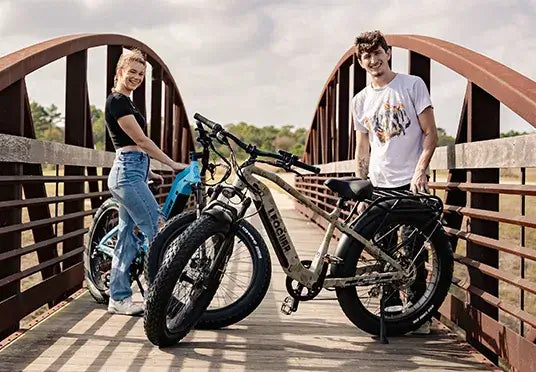
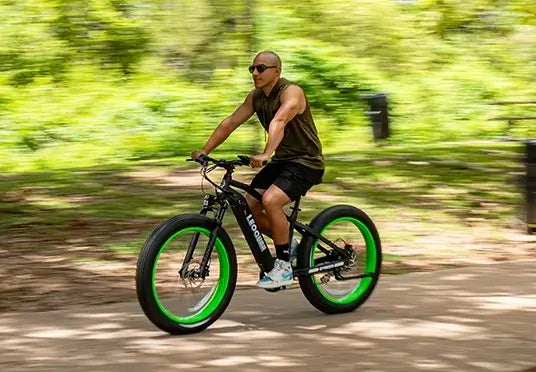
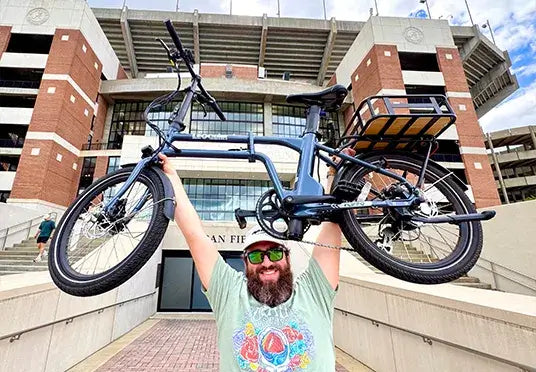
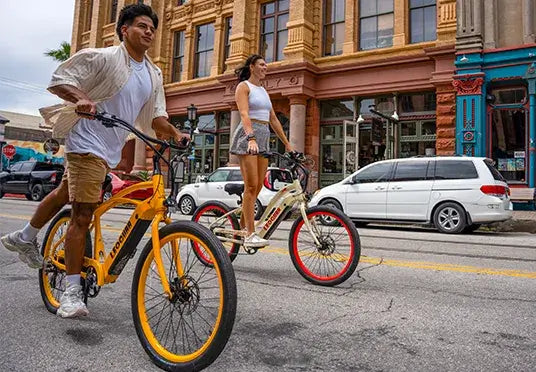
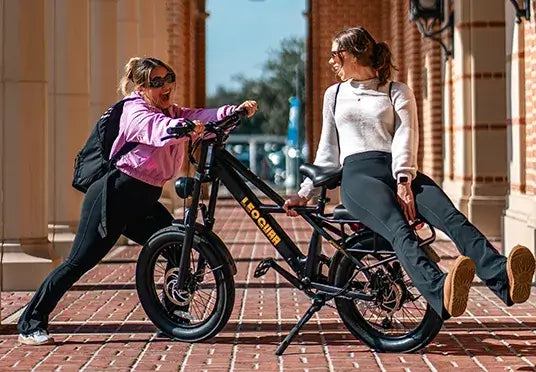
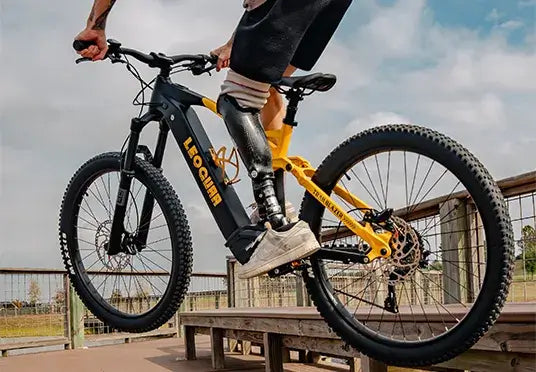

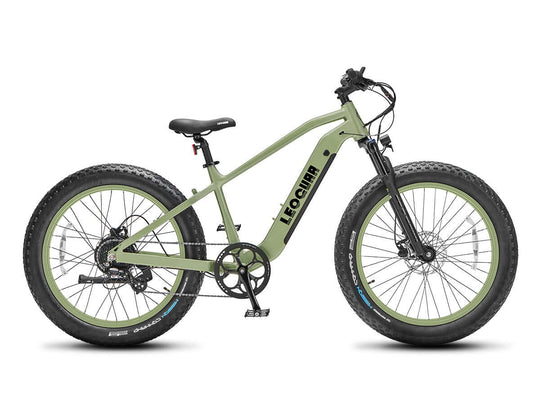
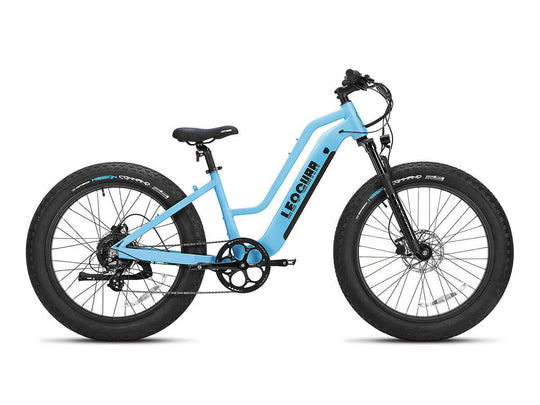
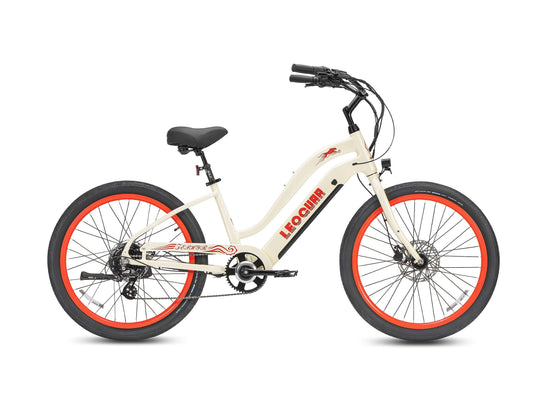
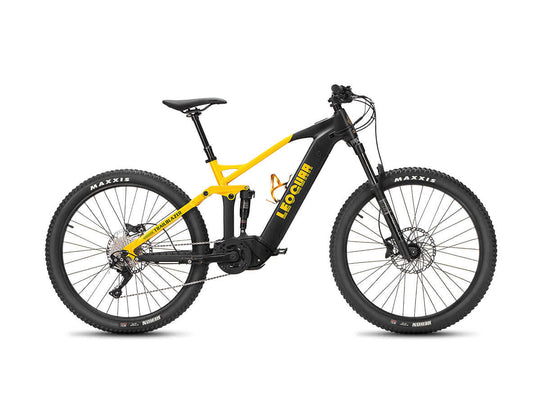
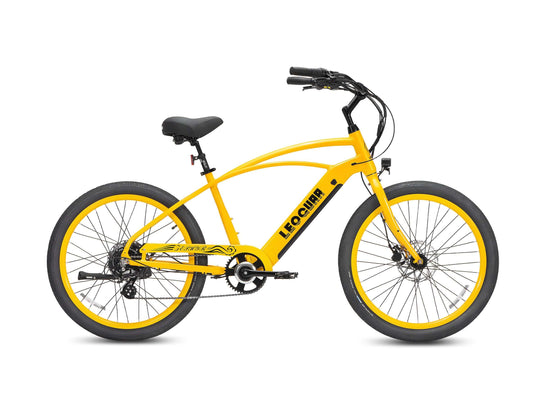
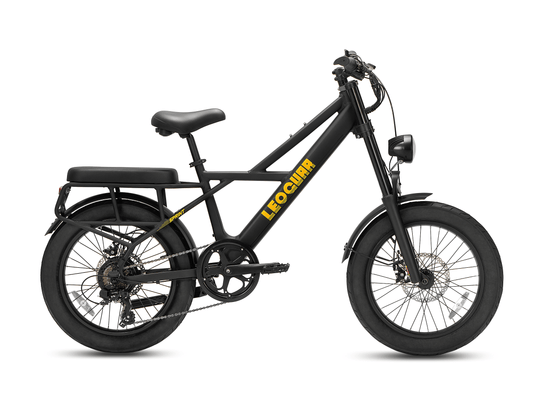

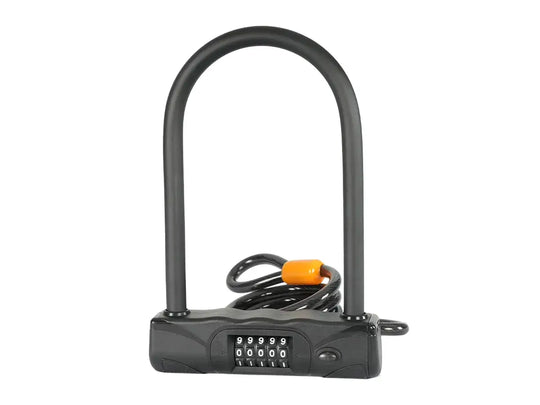
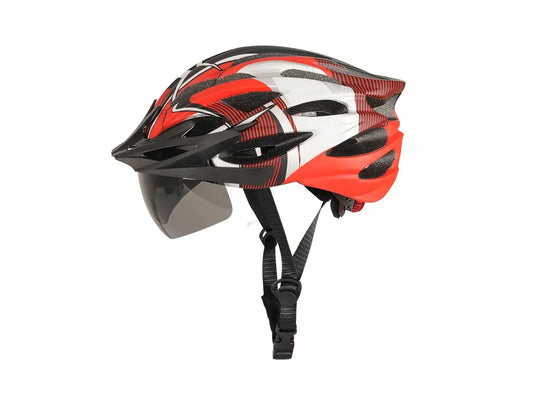
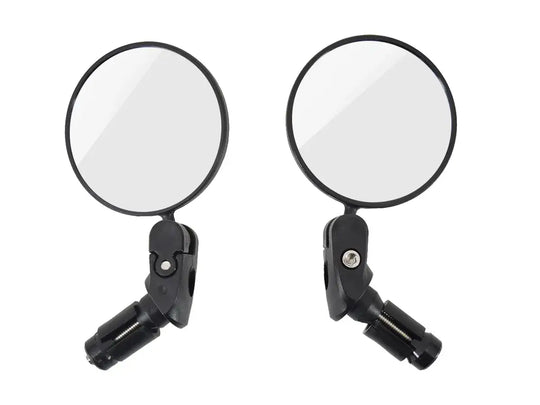

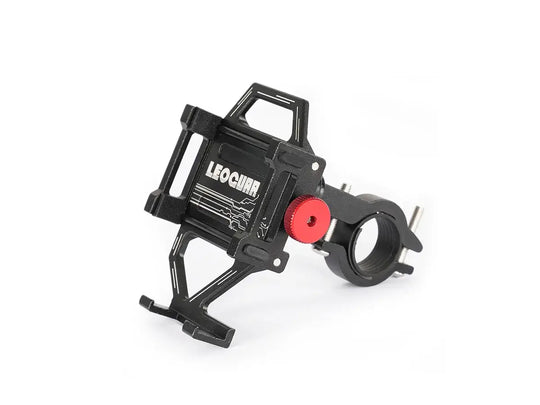
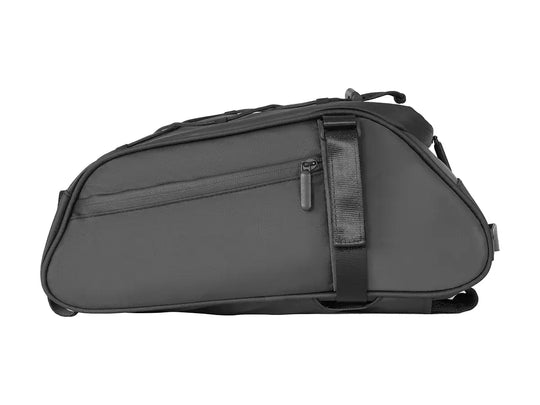
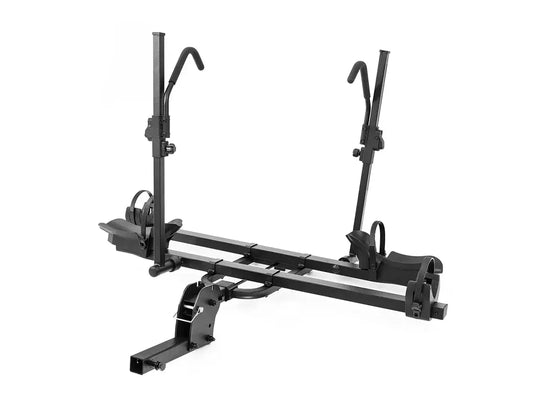
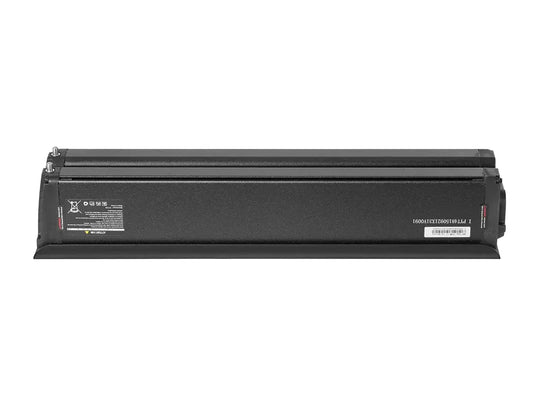
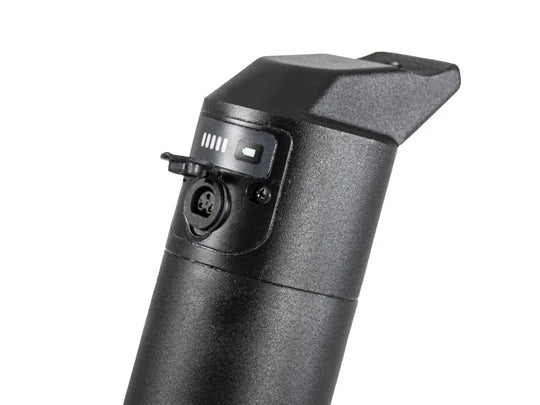
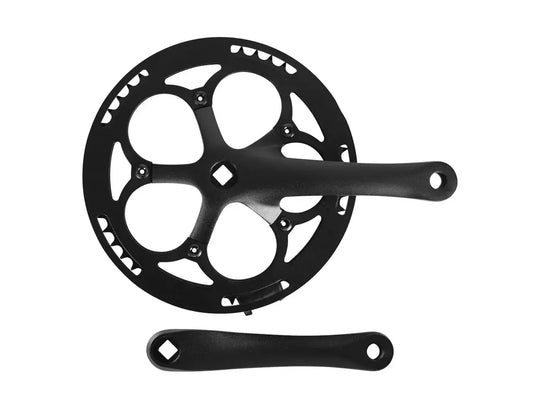
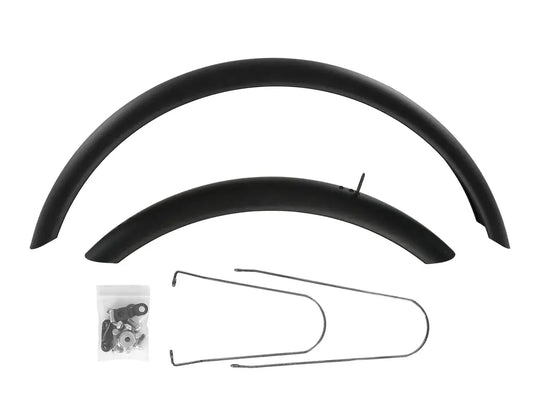
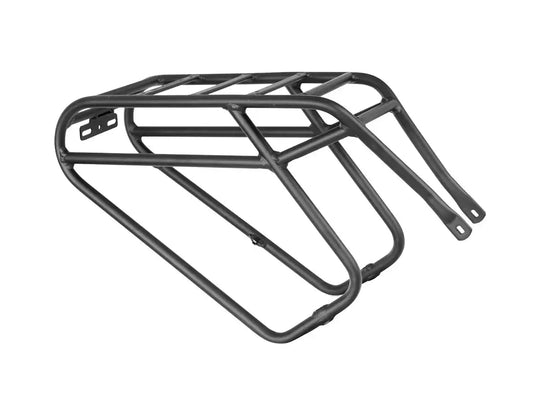
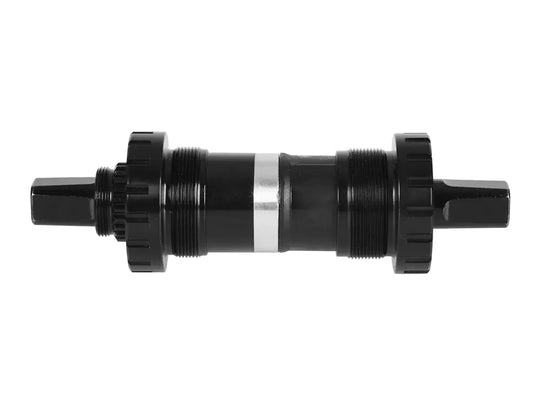
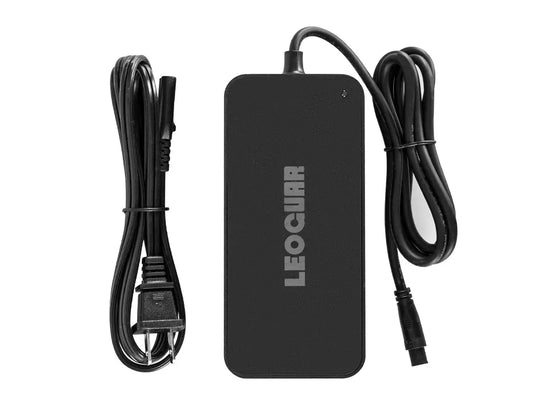
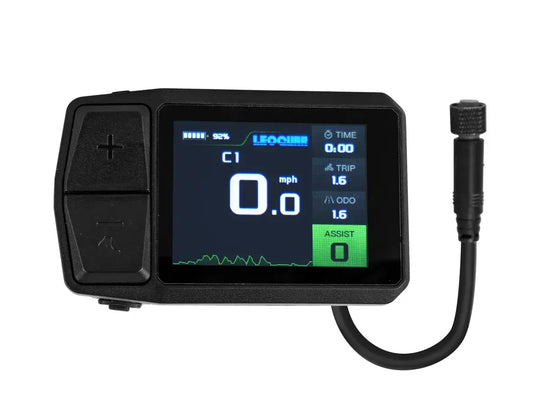
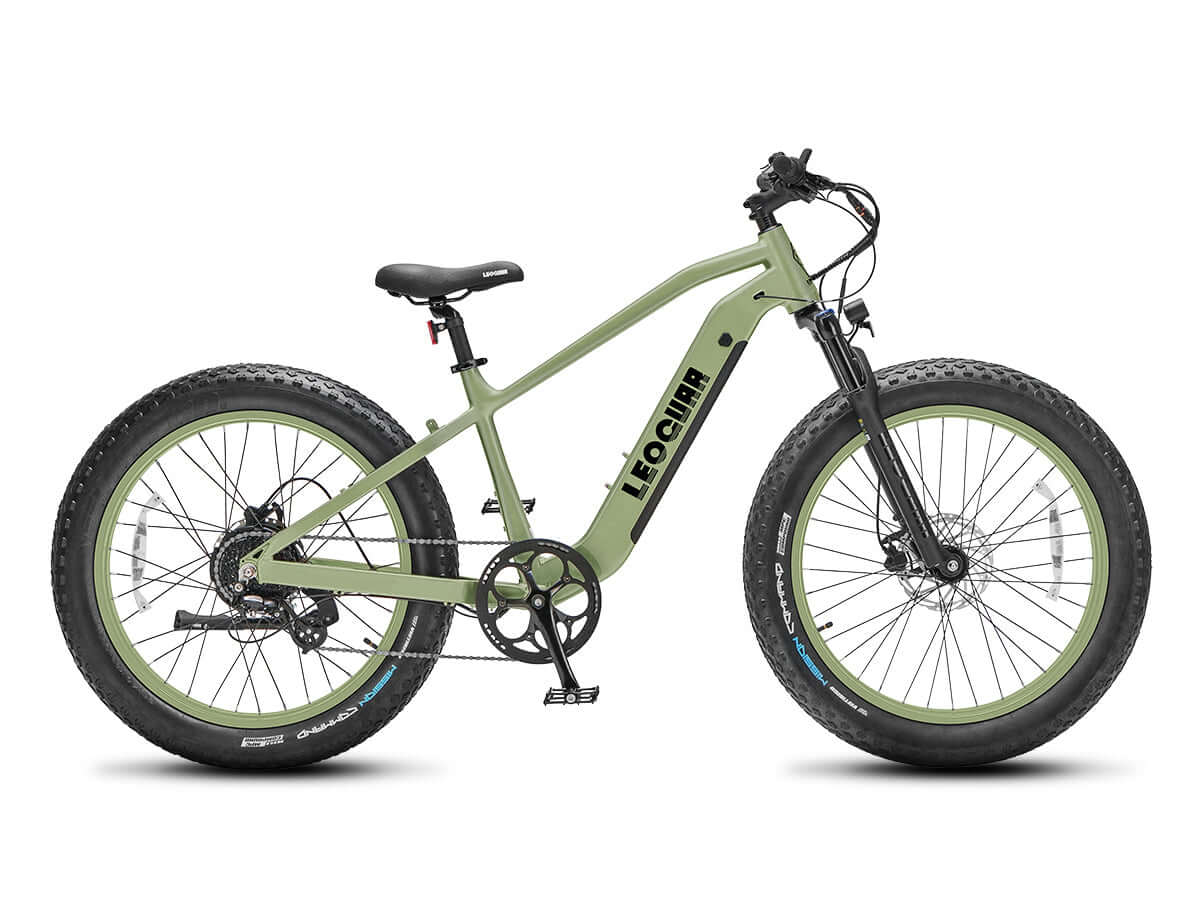








Leave a comment